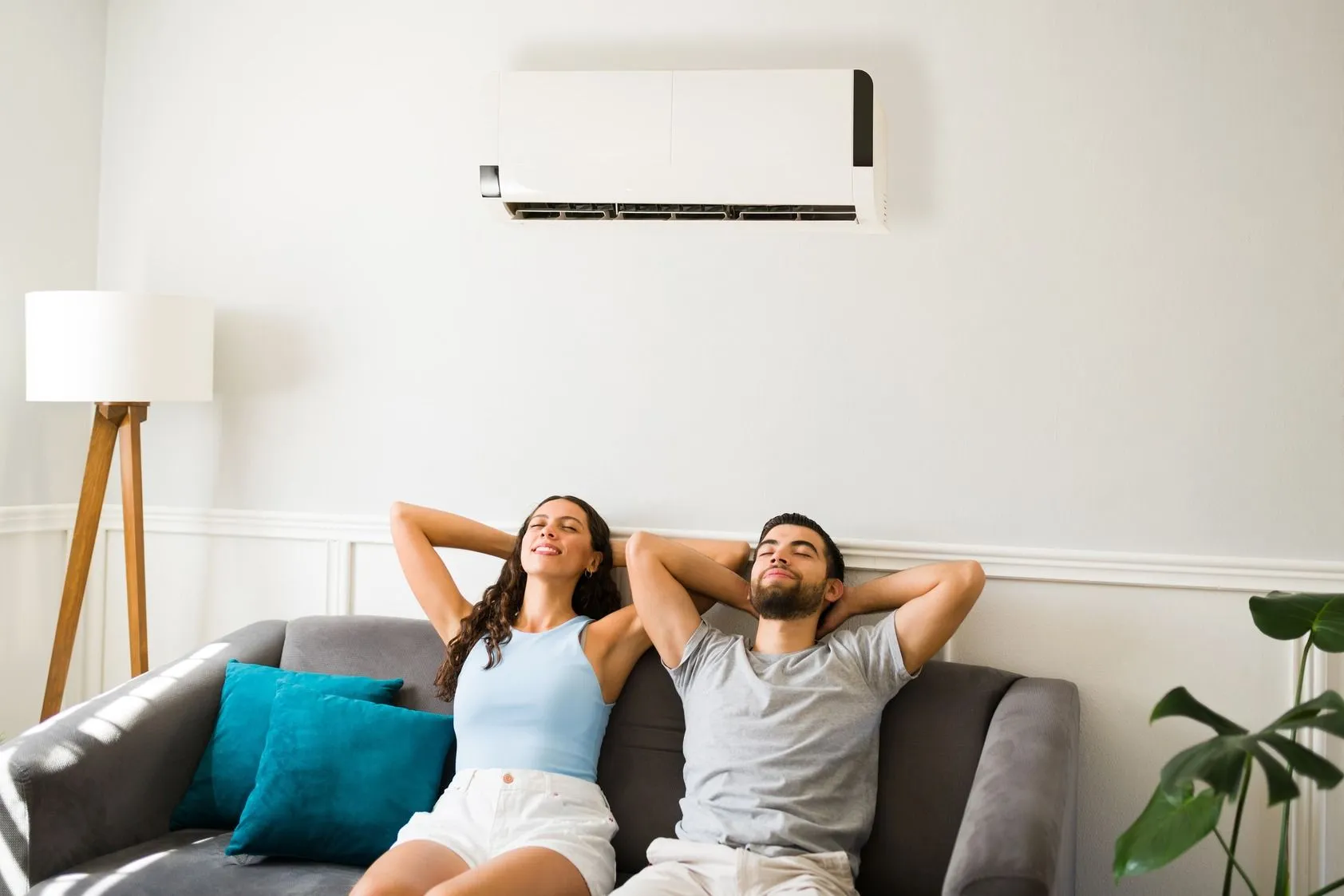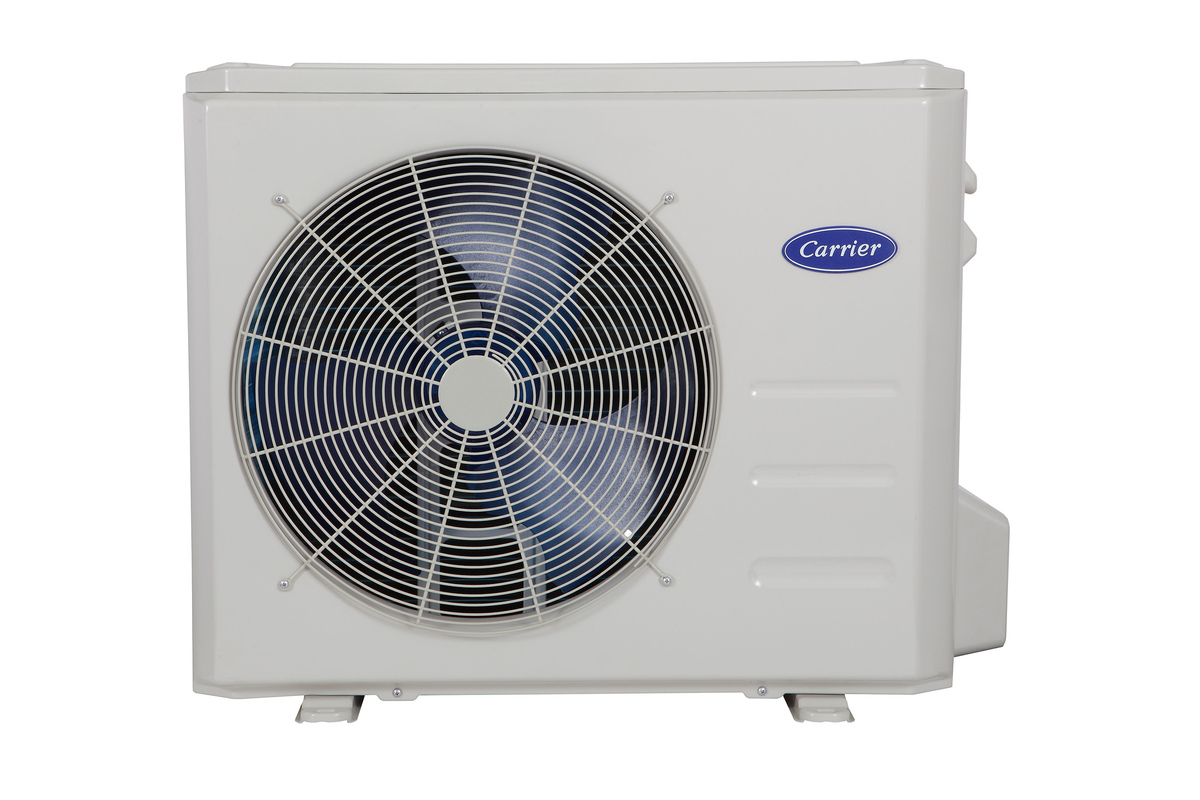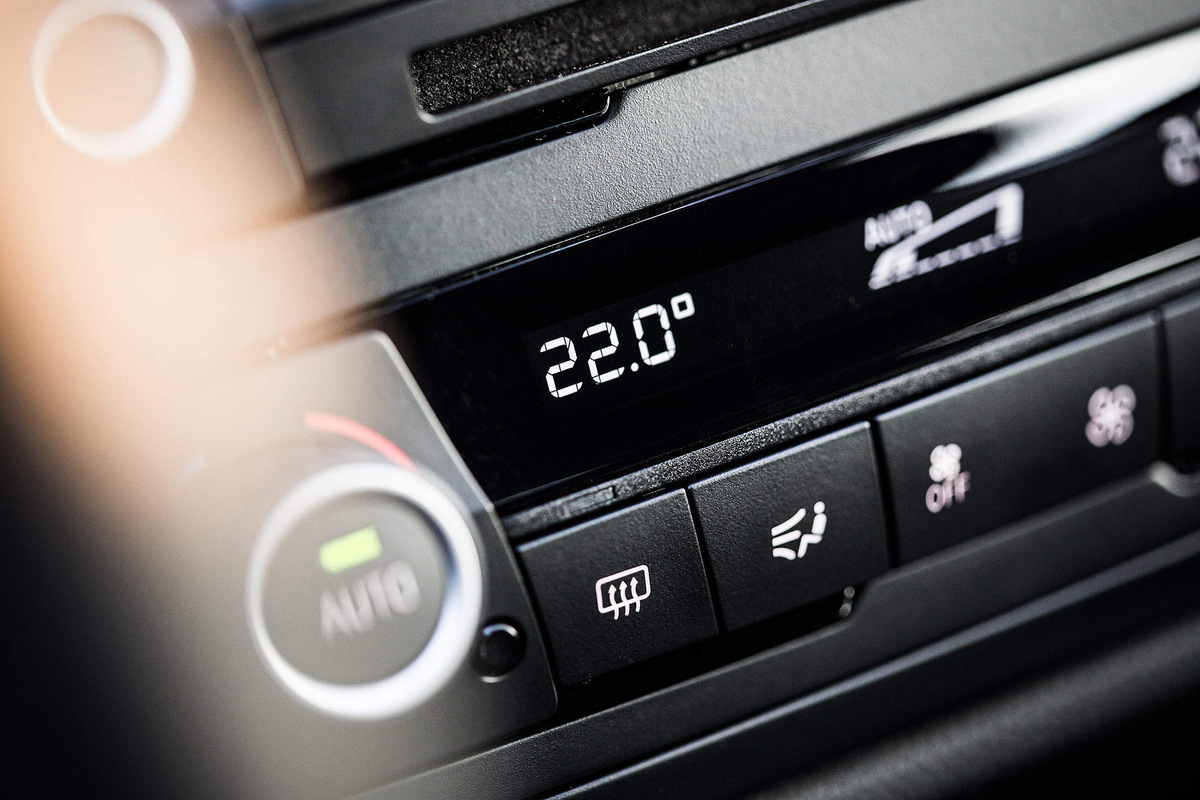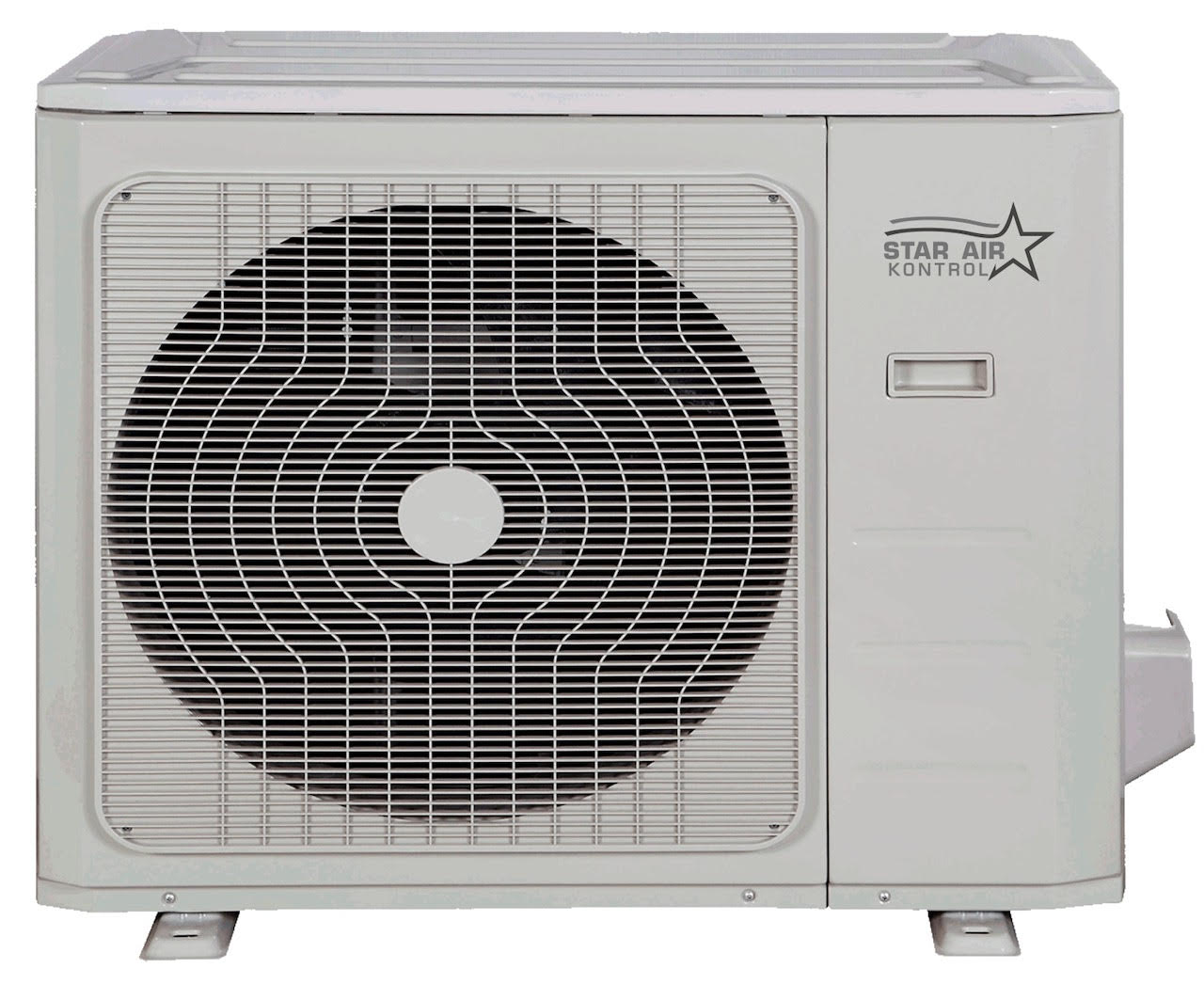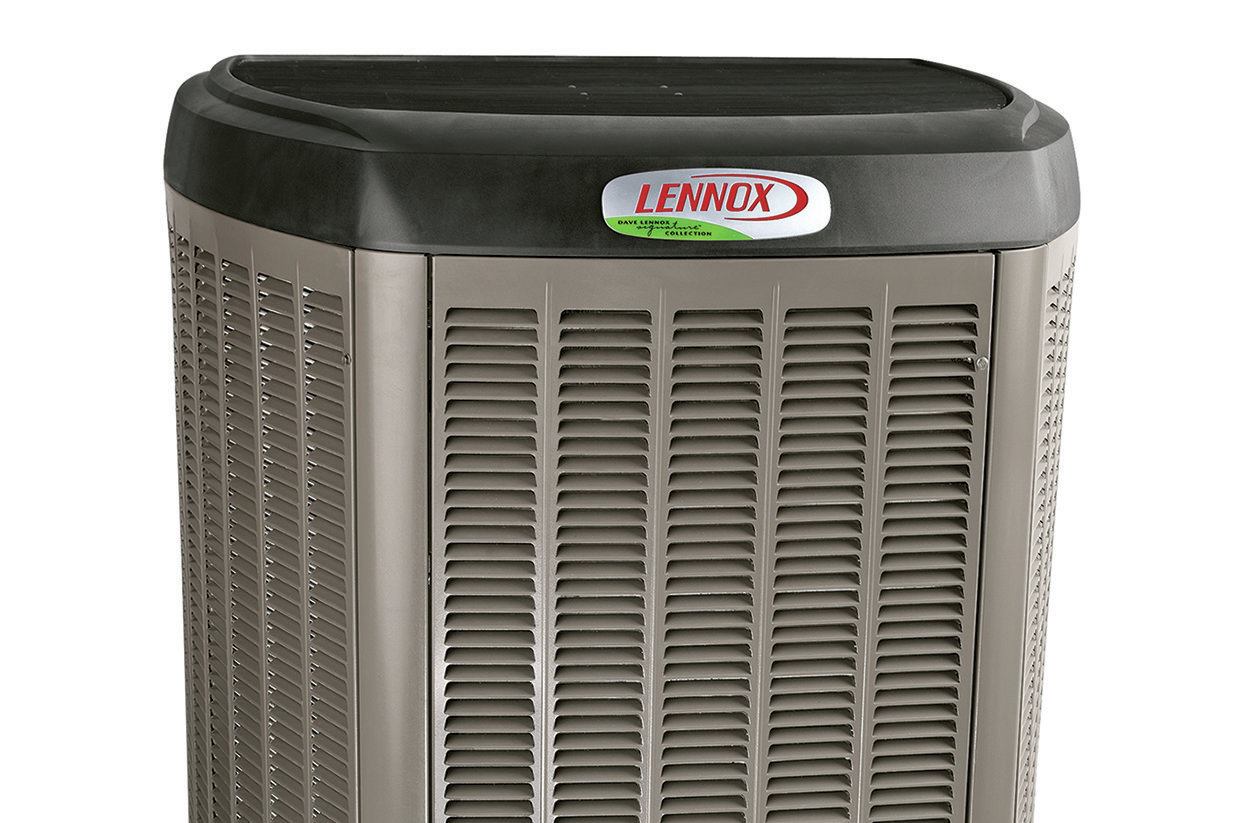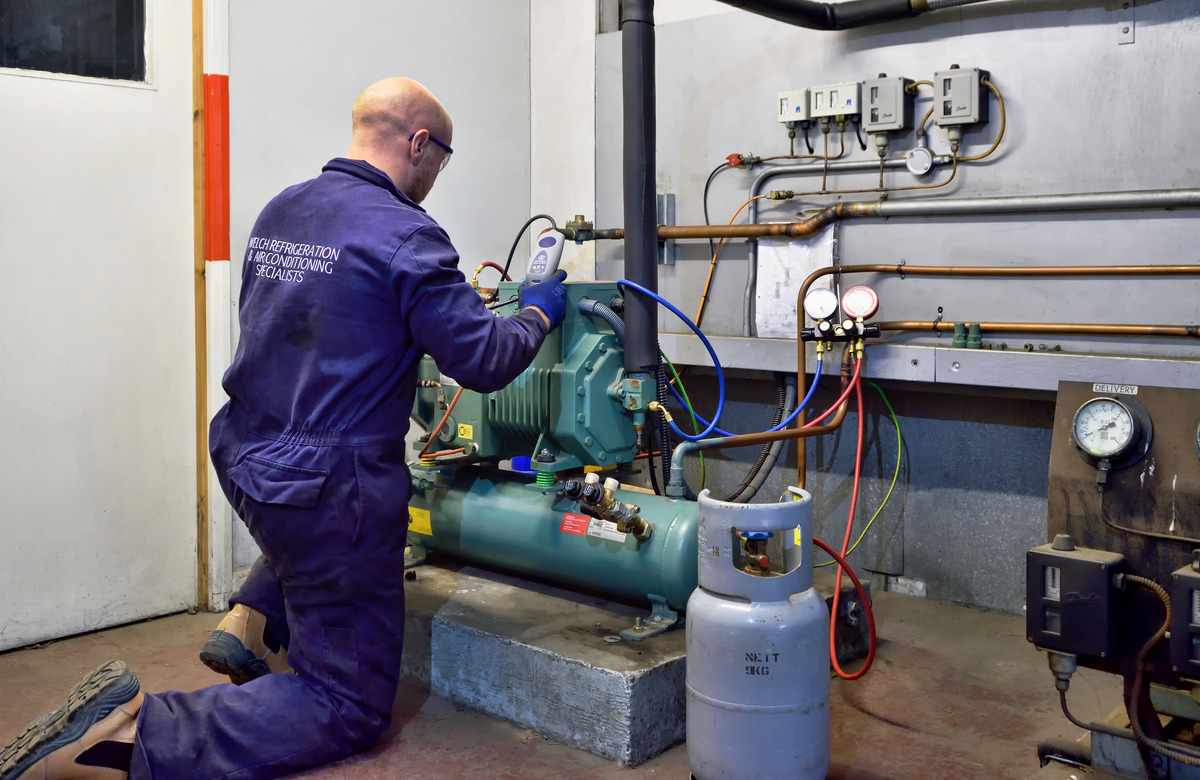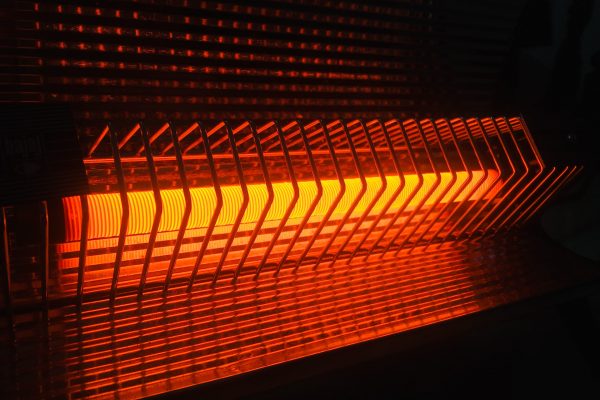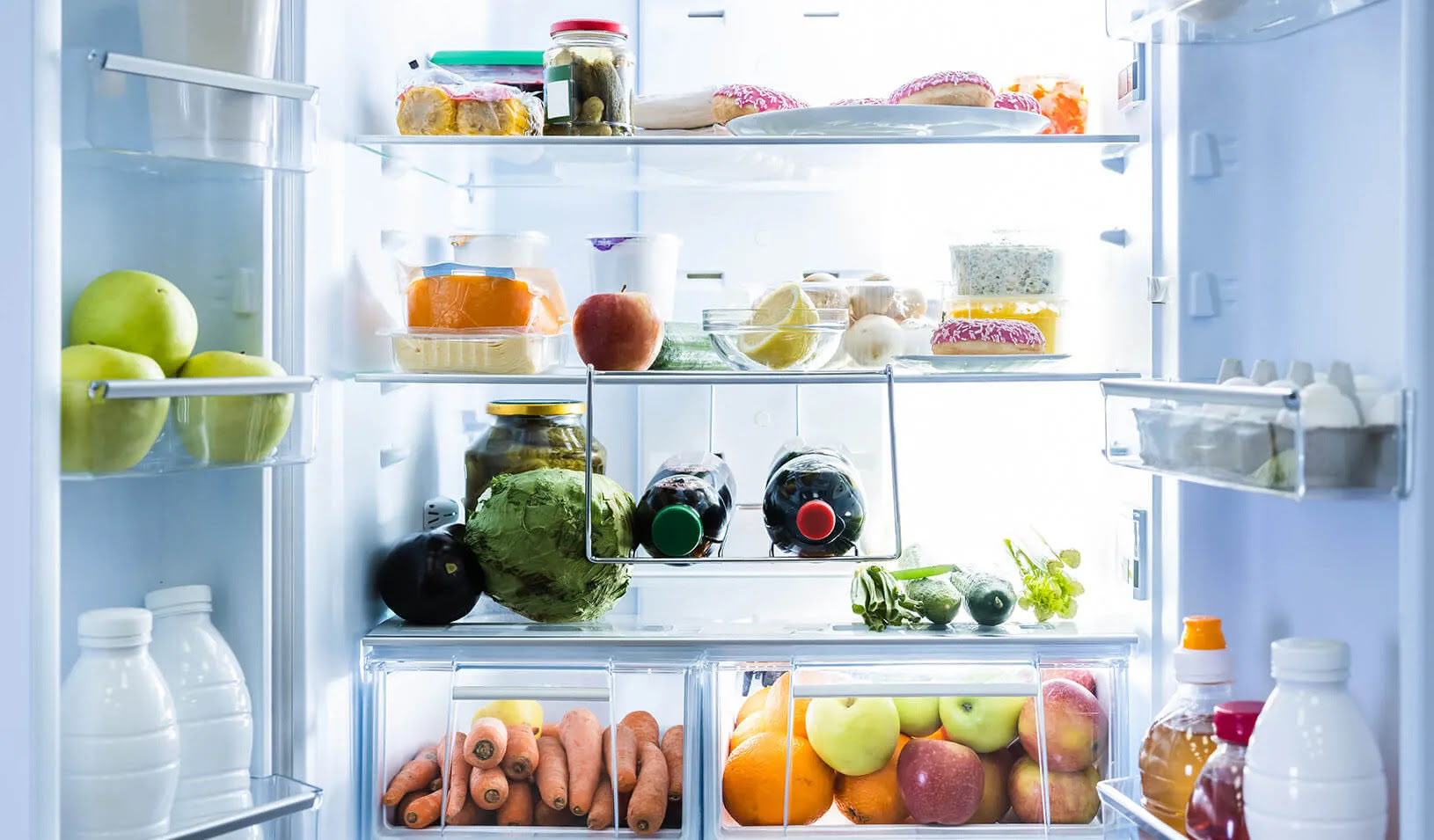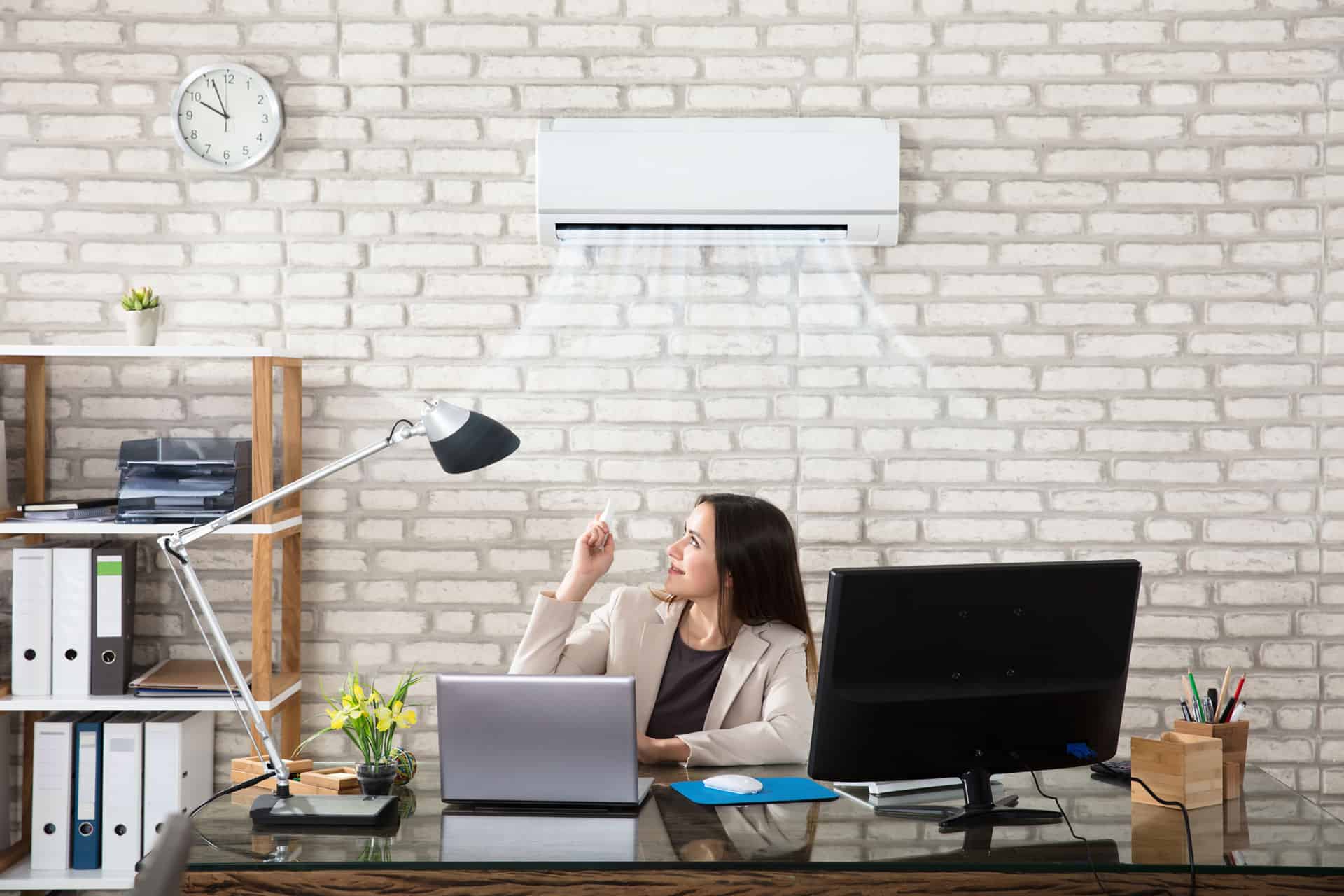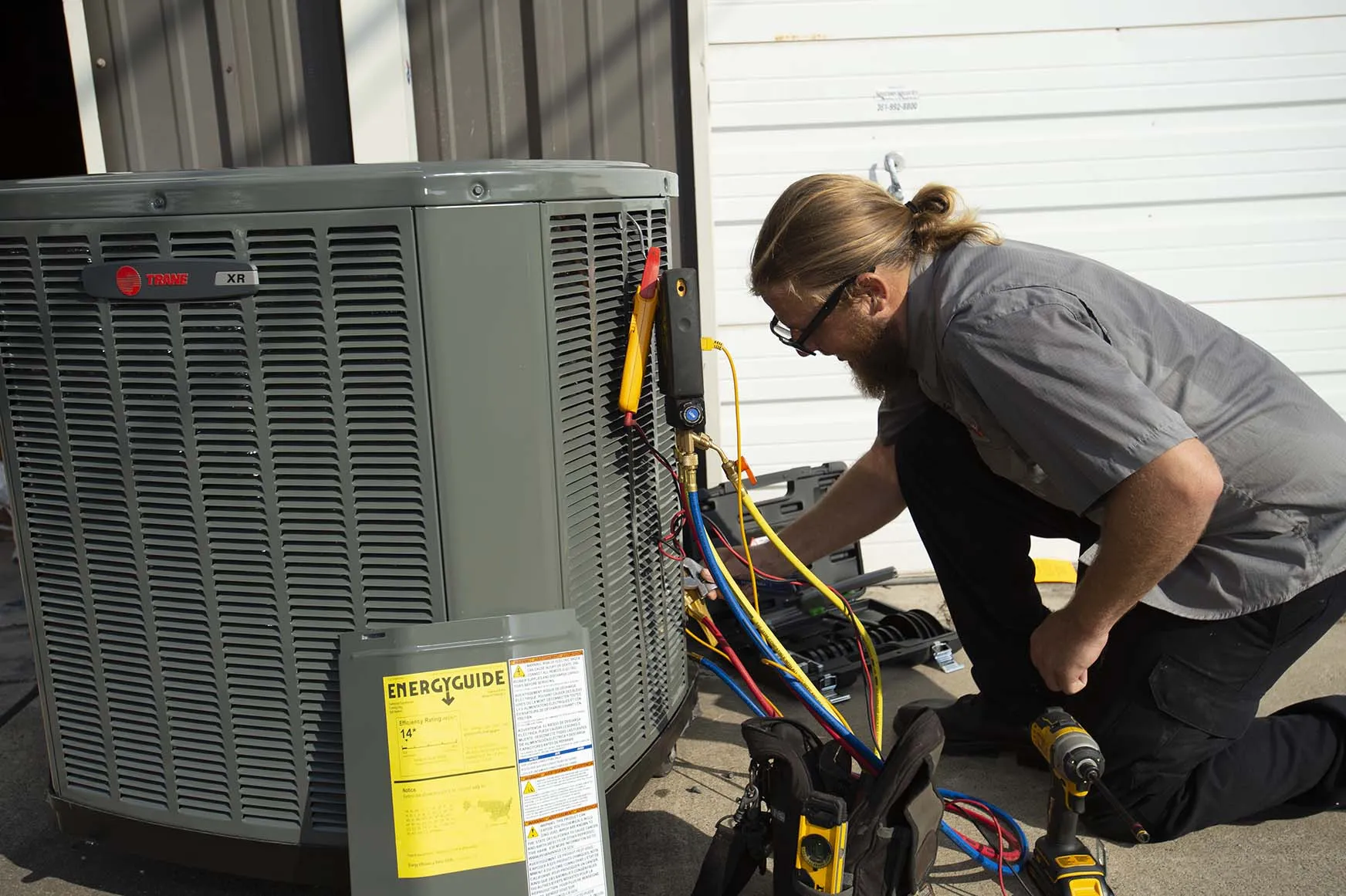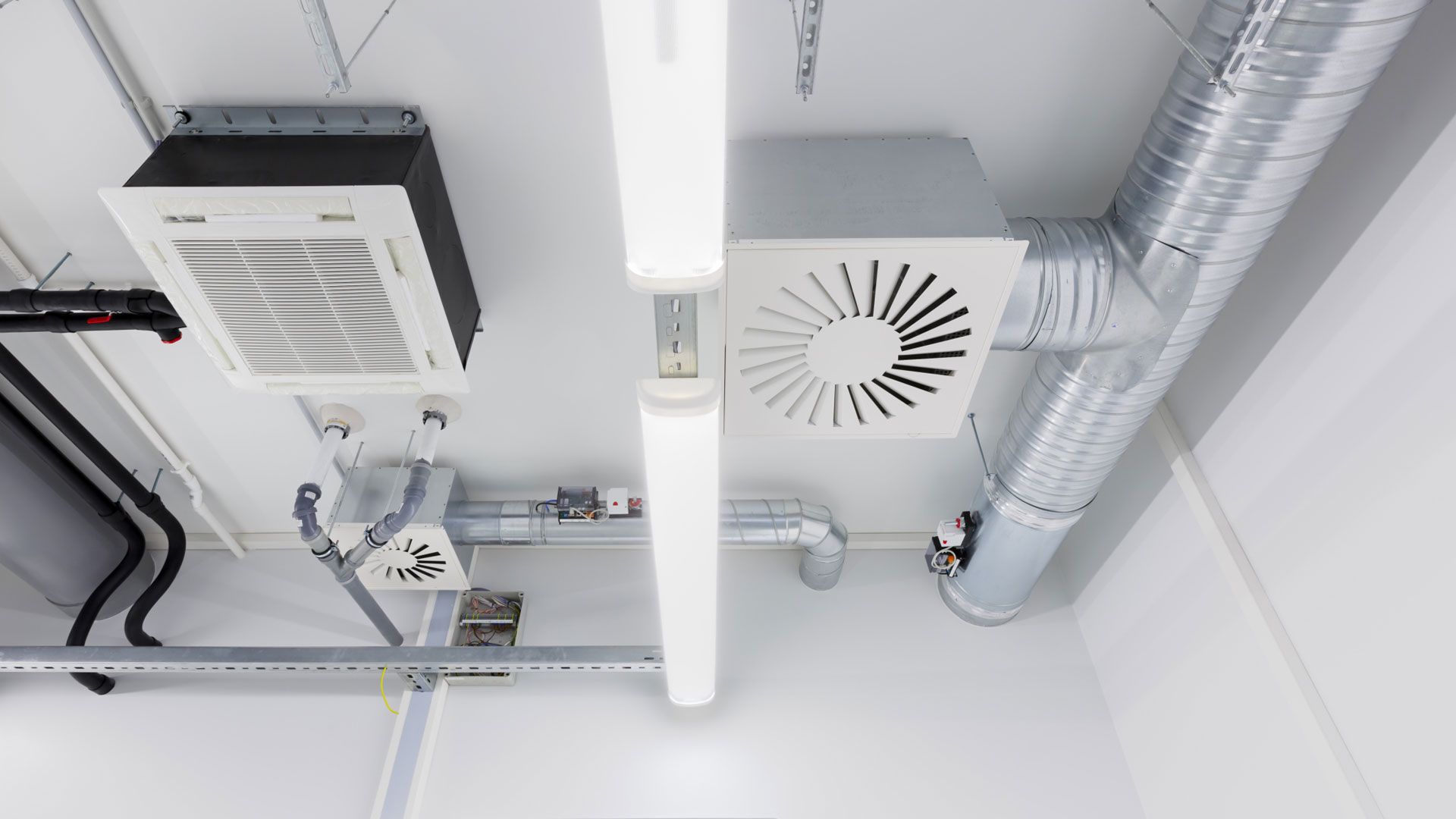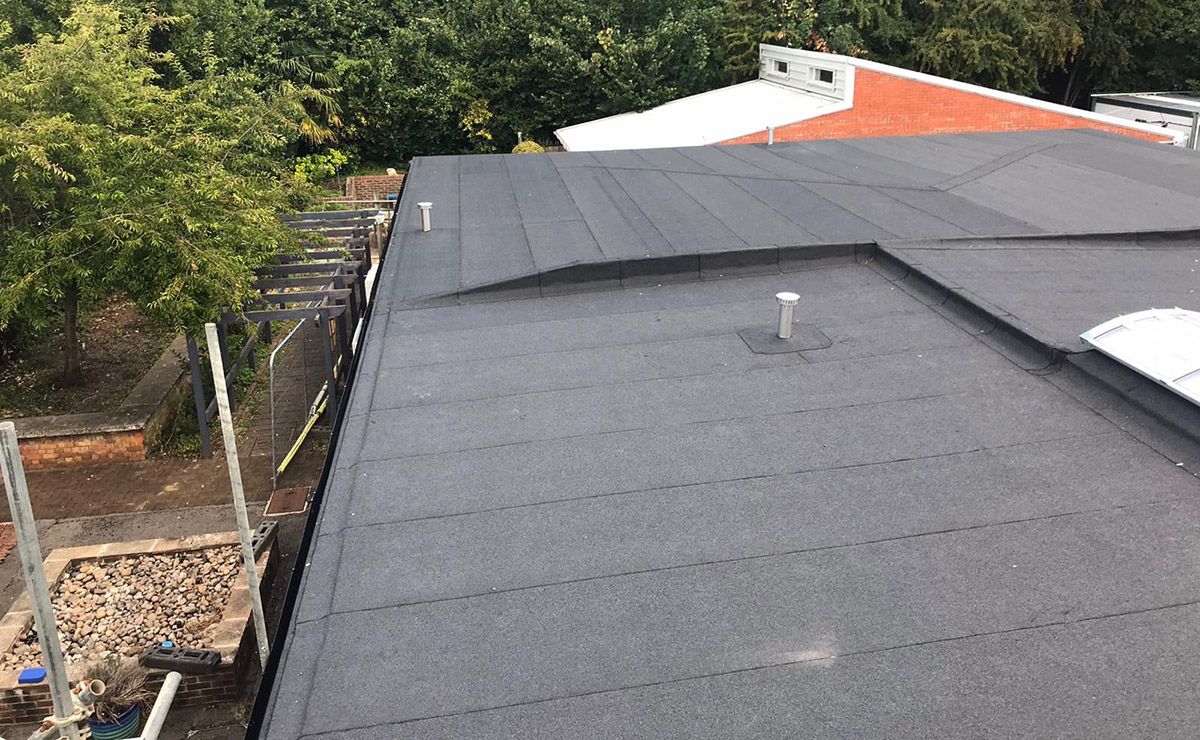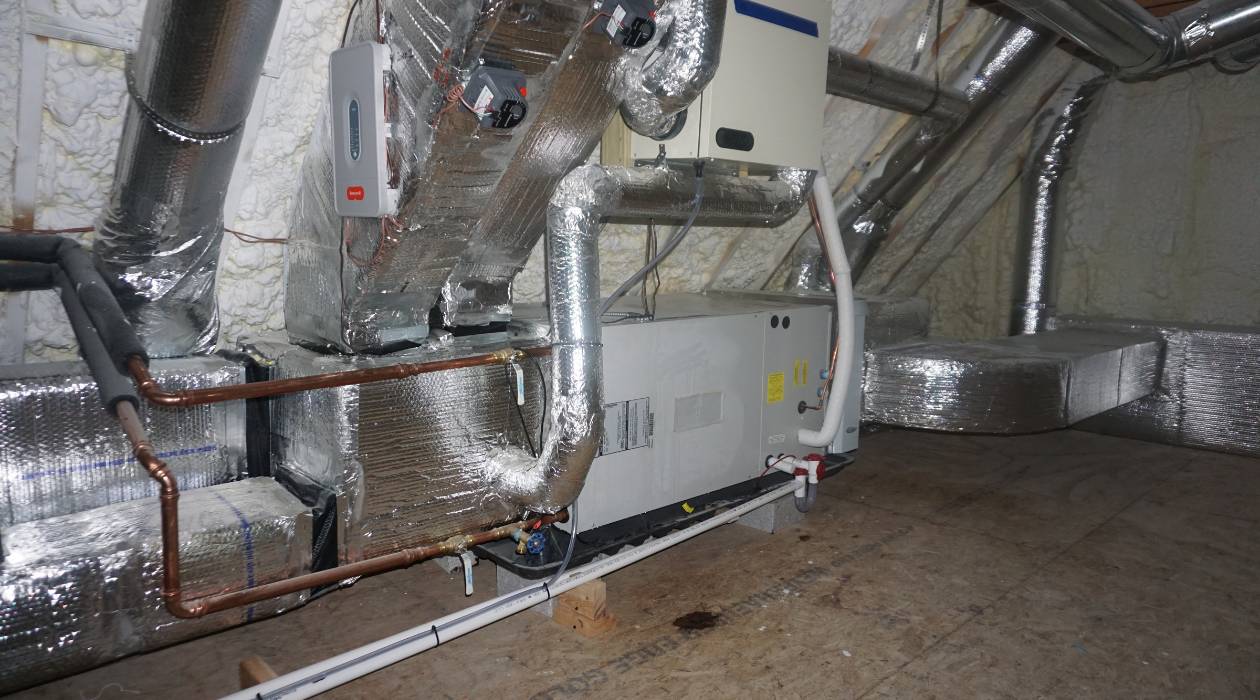Home>Home Maintenance>What Is The Most Energy-Efficient Temperature For Air Conditioning
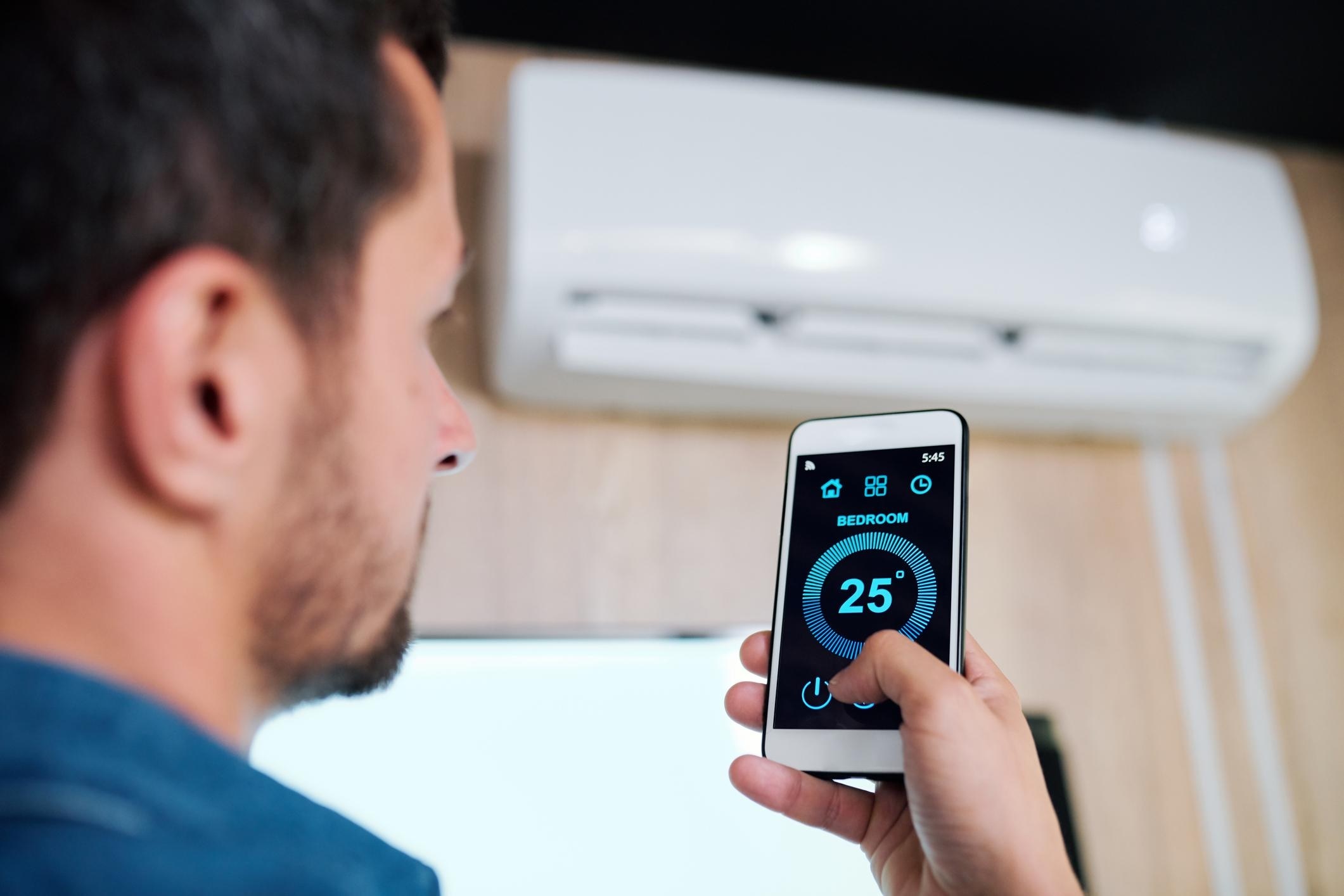

Home Maintenance
What Is The Most Energy-Efficient Temperature For Air Conditioning
Modified: March 6, 2024
Find out the ideal temperature for air conditioning to maximize energy efficiency in your home. Discover expert home maintenance tips for optimizing energy use.
(Many of the links in this article redirect to a specific reviewed product. Your purchase of these products through affiliate links helps to generate commission for Storables.com, at no extra cost. Learn more)
Introduction
Welcome to the world of energy-efficient air conditioning! In today’s society, where sustainability and energy conservation are becoming increasingly important, finding ways to reduce energy consumption in our homes is a top priority. Air conditioning plays a significant role in our comfort, but it can also contribute to high energy bills and environmental impact if not used wisely.
Fortunately, there are ways to optimize the energy efficiency of your air conditioning system without sacrificing comfort. One crucial factor in achieving energy efficiency is the temperature at which you set your thermostat. By understanding the relationship between temperature settings and energy usage, you can make informed decisions that benefit both your wallet and the planet.
In this article, we will explore the various factors that influence energy efficiency in air conditioning and explore the optimal temperature settings for maximum energy savings. We will also discuss how outdoor temperature affects efficiency and delve into the importance of indoor comfort in the overall equation. Additionally, we will touch on the potential benefits of smart thermostats in achieving energy savings. So, let’s dive in and start our journey to discover the most energy-efficient temperature for air conditioning!
Key Takeaways:
- Set your air conditioning to 78°F (25°C) in summer when at home for a balance of comfort and energy savings. Adjust it higher when away or asleep to optimize efficiency.
- During milder outdoor temperatures, open windows and use natural ventilation to give your AC a break, reducing energy consumption and improving efficiency.
Factors Affecting Energy Efficiency in Air Conditioning
Several factors come into play when considering the energy efficiency of an air conditioning system. Understanding these factors can help you make informed decisions to maximize efficiency and reduce energy consumption. Here are some important factors to consider:
- Insulation: The level of insulation in your home can greatly impact the efficiency of your air conditioning system. Proper insulation helps to prevent the loss of cool air and keeps the hot outdoor air from infiltrating your living spaces. Good insulation reduces the workload on your AC unit, leading to energy savings.
- Sealing: Along with insulation, ensuring that your home is properly sealed is crucial. Any gaps or leaks in windows, doors, or ductwork can result in air leakage, causing your air conditioner to work harder to maintain the desired temperature. Regularly inspect and seal any gaps to improve efficiency.
- Ventilation: Effective ventilation is essential for maintaining indoor air quality and the overall efficiency of your air conditioning system. Proper ventilation allows for the exchange of indoor and outdoor air, reducing the strain on your AC unit and improving energy efficiency.
- Equipment Efficiency: The efficiency rating of your air conditioning unit is a significant factor in energy consumption. Look for units with a high Seasonal Energy Efficiency Ratio (SEER) rating, as they are designed to be more energy-efficient. Regular maintenance and timely upgrades can further enhance the efficiency of your equipment.
- Usage Patterns: The way you use your air conditioning system also affects its energy efficiency. Setting your thermostat to lower temperatures than necessary or constantly adjusting the temperature can lead to unnecessary energy waste. Establishing a consistent temperature and using programmable thermostat settings can help optimize energy usage.
By considering these factors and taking the necessary steps, you can improve the energy efficiency of your air conditioning system and reduce your carbon footprint. Now, let’s move on to explore the role of temperature in achieving energy efficiency.
The Role of Temperature in Energy Efficiency
When it comes to air conditioning, temperature plays a crucial role in determining the energy efficiency of your system. The temperature at which you set your thermostat directly impacts the amount of energy consumed. Let’s take a closer look at the relationship between temperature and energy efficiency:
Cooling Load: The cooling load is the amount of cooling capacity needed to maintain a comfortable indoor temperature. The higher the temperature setting on your thermostat, the lower the cooling load. This means that setting your thermostat a few degrees higher can significantly reduce the energy consumption of your air conditioning system.
Energy Consumption: The energy consumed by your air conditioner is directly related to the temperature difference between the indoor and outdoor environments. The larger the temperature difference, the more energy is required to cool the indoor space. By setting your thermostat to a higher temperature, you reduce the temperature gap and consequently decrease energy usage.
Humidity Control: Air conditioning also plays a vital role in controlling indoor humidity levels. When the air conditioner runs, it not only cools the air but also removes moisture, creating a more comfortable indoor environment. Higher temperature settings allow the air conditioner to run for longer periods, ensuring proper dehumidification and reducing the need for additional energy-consuming dehumidifiers.
While it’s important to set your thermostat at an energy-efficient temperature, it’s equally important to consider your comfort needs. Striking a balance between energy savings and indoor comfort is key. Let’s explore the optimal temperature settings to achieve both.
Optimal Temperature Settings for Energy Efficiency
Determining the optimal temperature settings for your air conditioning system is crucial for achieving energy efficiency while maintaining a comfortable indoor environment. Here are some guidelines to help you find the right balance:
- Summer Settings: During the summer months, the U.S. Department of Energy recommends setting your thermostat to 78°F (25°C) when you are at home. This temperature provides a good balance between comfort and energy savings. When you are away or asleep, consider adjusting the temperature a few degrees higher to maximize energy efficiency without sacrificing comfort.
- Winter Settings: In the winter, when using air conditioning for heating purposes, the recommended temperature setting is around 68°F (20°C) when you are awake and at home. Lowering the temperature by a few degrees when you are asleep or away can further optimize energy savings.
- Personal Preference: It’s important to note that these recommended settings may vary depending on personal preferences and climate conditions. Some individuals may prefer slightly cooler or warmer temperatures, and it’s essential to find a setting that suits your comfort needs while still aiming for energy efficiency.
Remember that every degree you raise or lower your thermostat can result in energy savings of approximately 1-3%. Gradually adjusting to higher or lower temperatures over time can help your body acclimate and make the transition more comfortable.
Additionally, utilizing ceiling fans or portable fans in conjunction with your air conditioning system can enhance comfort and allow you to set your thermostat a few degrees higher while maintaining the same level of perceived cooling. Fans circulate the air, creating a wind chill effect that makes the room feel cooler without actually reducing the temperature.
By implementing these temperature guidelines and utilizing additional cooling methods, you can optimize energy efficiency and reduce your overall energy consumption.
Next, let’s explore how outdoor temperature affects the efficiency of your air conditioning system.
Set your air conditioning to 78°F (25.5°C) for the most energy-efficient temperature. This will keep you comfortable while minimizing energy usage.
The Impact of Outdoor Temperature on Efficiency
The outdoor temperature plays a significant role in the efficiency and performance of your air conditioning system. Let’s examine how different outdoor temperatures can impact the efficiency of your unit:
Extreme Heat: During extremely hot weather, your air conditioning system may have to work harder to cool your home. When the outdoor temperature rises, your AC unit needs to overcome a larger temperature difference to maintain the desired indoor temperature. This increased workload can lead to higher energy consumption and reduced efficiency.
Mild to Moderate Temperatures: On the other hand, during milder or moderate outdoor temperatures, your air conditioner doesn’t have to work as hard to achieve the desired indoor temperature. This results in lower energy consumption and improved efficiency. Take advantage of these days by opening windows and using natural ventilation to give your AC system a break.
Nighttime Cooling: Nighttime temperatures tend to be cooler than daytime temperatures, providing an opportunity for your air conditioning system to run more efficiently. By utilizing natural ventilation or opening windows during the cooler nights, you can reduce your reliance on the AC and save energy.
Shading and Insulation: The presence of trees, landscaping, or shading devices around your home can also impact the efficiency of your air conditioning system. The shade reduces the amount of direct sunlight reaching your home, keeping it cooler and reducing the cooling load on your AC unit.
Understanding the impact of outdoor temperatures on your air conditioning system allows you to make informed decisions about when to adjust your thermostat settings or take advantage of natural cooling methods. By being mindful of outdoor conditions, you can optimize energy efficiency and reduce your carbon footprint.
Now, let’s discuss the importance of balancing indoor comfort with energy savings.
Read more: What Is Air Conditioning
Considering Indoor Comfort and Energy Savings
When it comes to air conditioning, finding the right balance between indoor comfort and energy savings is essential. While energy efficiency is important for reducing your carbon footprint and saving on energy costs, it is equally vital to ensure a comfortable living environment. Here’s how you can achieve both:
Zoning: Consider implementing a zoning system in your home. This allows you to control different areas or zones individually, adjusting the temperature based on specific needs. Zoning ensures that occupied areas are kept comfortable while unoccupied areas are set at energy-saving temperatures.
Thermostat Settings: Adjusting your thermostat in a way that maintains comfort while reducing unnecessary energy consumption is key. Programmable thermostats are great tools to help automate temperature adjustments based on your daily routine. By setting cooler temperatures when you’re awake and at home and slightly warmer temperatures when you’re away or sleeping, you can save energy without sacrificing comfort.
Ventilation: Proper ventilation is crucial in maintaining a comfortable indoor environment. Introducing fresh air into your home can improve air quality and reduce the reliance on air conditioning. Take advantage of natural ventilation techniques such as opening windows and using fans to circulate cool air, especially during mild weather conditions.
Insulation and Weatherization: Ensuring that your home is properly insulated and weatherized is vital for maintaining a comfortable indoor temperature. Adequate insulation prevents heat transfer, allowing your air conditioning system to work more efficiently. Seal any leaks or gaps in windows, doors, and ducts to minimize temperature fluctuations and improve energy efficiency.
Personal Comfort Strategies: Implementing personal comfort strategies can also contribute to energy savings. Dressing appropriately for the season, using shades or curtains to block out direct sunlight, and using fans to create a gentle breeze can all help you stay comfortable while reducing the need for excessive air conditioning.
Remember, achieving optimal comfort and energy savings is a personalized journey. It may require some trial and error to find the right balance that suits your preferences and lifestyle. By being mindful of your comfort needs and implementing energy-saving practices, you can create a comfortable living space while minimizing your environmental impact.
Now, let’s explore the potential energy savings offered by smart thermostats.
Potential Energy Savings with Smart Thermostats
Smart thermostats offer a convenient and energy-efficient way to control the temperature in your home. These innovative devices use advanced technology to learn your preferences, adjust settings automatically, and optimize energy usage. Let’s explore the potential energy savings you can achieve with smart thermostats:
Learning Capability: Smart thermostats have the ability to learn your household’s daily routine and adjust temperature settings accordingly. They analyze your patterns and make automatic adjustments, such as raising the temperature when you’re away and lowering it before you usually return home. This learning capability ensures that your heating and cooling system runs only when necessary, leading to significant energy savings.
Remote Access and Control: One of the key advantages of smart thermostats is the ability to control your HVAC system remotely. Using a smartphone app, you can adjust the temperature settings from anywhere, allowing you to conserve energy when you’re not at home. For example, if you forgot to adjust the thermostat before leaving for work, you can easily make the necessary changes to prevent unnecessary energy consumption.
Integration with Home Automation: Smart thermostats often integrate with other smart home devices, such as smart lighting and occupancy sensors. This integration allows for a more holistic approach to energy savings. For instance, the thermostat can coordinate with the lighting system to adjust temperature settings based on occupancy, further optimizing energy usage in your home.
Energy Usage Reports: Smart thermostats provide detailed energy usage reports, giving you insights into your heating and cooling patterns. These reports show you how much energy your HVAC system consumes, allowing you to make informed decisions about adjusting temperature settings and optimizing energy savings.
Compatibility with Utility Programs: Many energy utility companies offer programs and incentives for homeowners who use smart thermostats. These programs may include demand response initiatives or time-of-use rates, which can further enhance your energy savings. By participating in these programs, you can take advantage of potential cost savings and reduce your environmental impact.
While smart thermostats offer numerous benefits and potential energy savings, it’s important to note that proper installation and programming are crucial to achieving maximum efficiency. Following the manufacturer’s guidelines and utilizing the features effectively ensures that you reap the full benefits of these innovative devices.
By incorporating a smart thermostat into your home, you can optimize energy efficiency, reduce energy consumption, and enjoy a more comfortable living environment. Now, let’s conclude our exploration of the most energy-efficient temperature for air conditioning.
Conclusion
Understanding the most energy-efficient temperature for air conditioning is essential for reducing energy consumption, saving money on utility bills, and minimizing our impact on the environment. By considering various factors such as insulation, sealing, ventilation, equipment efficiency, and usage patterns, we can optimize the energy efficiency of our air conditioning systems.
Setting the thermostat at optimal temperatures is crucial for achieving energy savings without sacrificing comfort. During the summer, a recommended setting of 78°F (25°C) when at home, and higher when away or asleep, strikes a balance between energy efficiency and comfort. In winter, a setting of 68°F (20°C) when awake and at home, with slight adjustments when sleeping or away, can optimize energy usage.
Outdoor temperature also impacts the efficiency of air conditioning systems. Extreme heat requires more energy to cool the indoor space, while milder temperatures provide opportunities for natural cooling and reduced energy consumption. Shading, insulation, and proper ventilation are additional considerations for improving energy efficiency.
It’s important to find the right balance between indoor comfort and energy savings. Utilizing zoning systems, employing programmable thermostats, promoting ventilation, insulation, and personal comfort strategies all contribute to finding this balance. Incorporating smart thermostats further enhances energy efficiency through learning capabilities, remote access, integration with home automation, and detailed energy usage reports.
By implementing these strategies and understanding the interplay between temperature, energy efficiency, and comfort, we can reduce our environmental impact while enjoying a comfortable living environment. Remember that every degree we adjust the thermostat can result in noticeable energy savings and contribute to a sustainable future.
So, take control of your air conditioning system, consider the factors discussed, and make informed decisions to optimize energy efficiency. Together, we can create a world where comfort and sustainability coexist harmoniously.
Frequently Asked Questions about What Is The Most Energy-Efficient Temperature For Air Conditioning
Was this page helpful?
At Storables.com, we guarantee accurate and reliable information. Our content, validated by Expert Board Contributors, is crafted following stringent Editorial Policies. We're committed to providing you with well-researched, expert-backed insights for all your informational needs.
